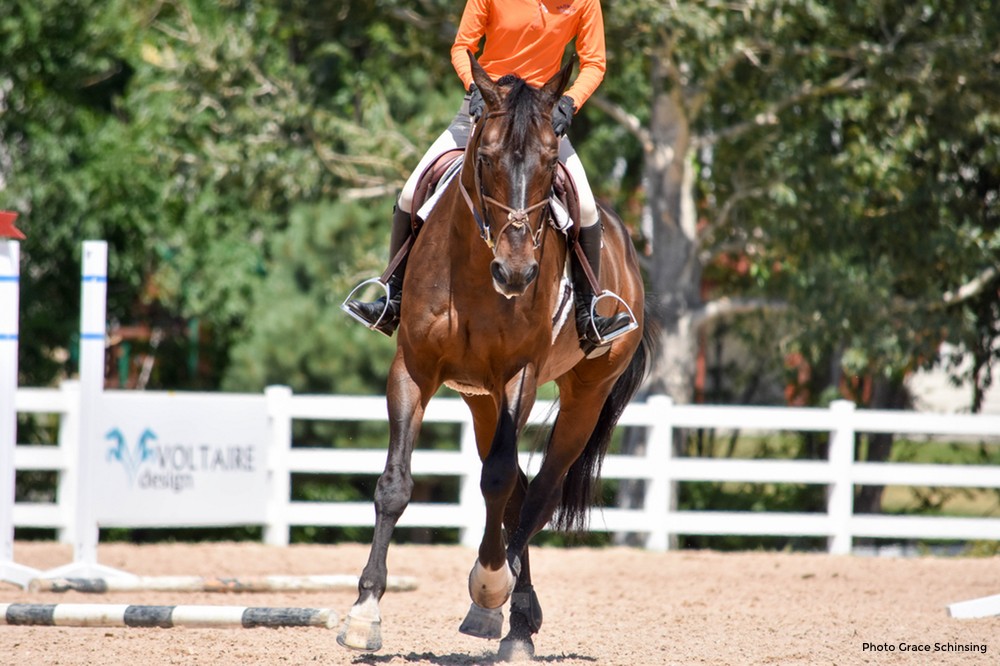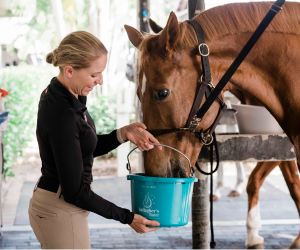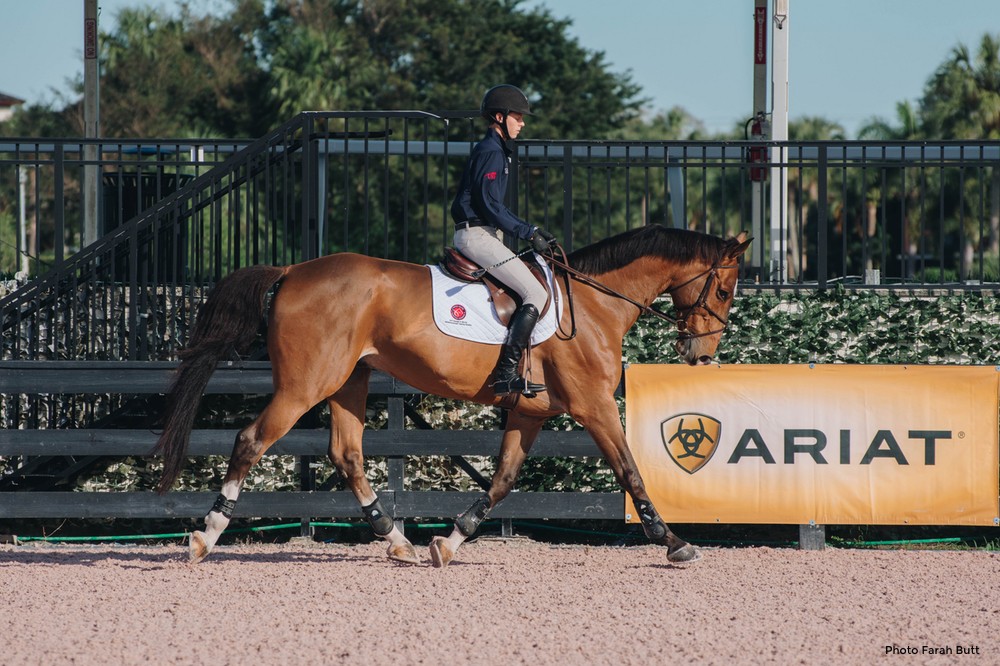Are You Riding Your Horse into Lameness or Soundness?

Sometimes, lameness is the result of a freak accident. Any horse is subject to an abscess, a slip in the field, or a bad step that tweaks one of the many delicate structures in his leg. And just like that, you’re waving goodbye to weeks of horse shows and thousands of dollars in vet bills. As much as we try to pad, prod, and protect, you can’t always save horses from themselves, and when it happens, you can’t take it personally.
But other times, lameness doesn’t just happen to your horse. It can be the result of imbalanced feet, a chronically irritated ligament that isn’t addressed until it’s a bigger deal, or even stiffness that forces the horse to compensate, making him sore elsewhere.
Every time you put your foot in the stirrup, you make choices that promote soundness (i.e. support injury prevention) or you make choices that promote lameness. Indeed, injury prevention goes far beyond what you do for your horse after you ride, and there’s no magnetic blanket, injection, or pair of shoes in the world that can replace the knowledge of how to ride these 1200 lb. athletes in a way that will prepare them for their jobs.
“Lateral work is like yoga for your horse.”
Walk with Purpose
Physical fitness determines whether or not your horse is physically capable of doing the job you’re asking him to do. (Mental fitness is another discussion for another time, but it can also massively aid in preventing injury to your horse…and you.)
For the most decisive way to prevent injury in your horse, there are no short cuts. It’s a long, slow process that requires diligence, effort and planning. No matter the horse’s level, walking for long periods of time can build bone density, promote hoof growth, and strengthen the crucial tendons and ligaments in your horse’s legs that support him when he turns, collects, runs, or jumps.
Walking for at least an hour (yes – you read that correctly) especially on firm ground (barring any hoof problems or pre-existing injuries that your horse has – consult your veterinarian and trainer) once or twice a week is beneficial for even the lower level competitor. This is often referred to as “legging up” and it’s the best way to promote fitness without excessive pounding or wear and tear on your horse’s joints. Your horse should be walking over his back with his head at or below his withers, and in a marching, not meandering, fashion. Traipsing along slowly for an hour is an hour that you could have been watching Orange Is the New Black, so march on and make it count.
Go Lateral to Be Supple
How many times have you been told that stretching after your workout helps prevent injury? Lateral work is like yoga for your horse. Even if it’s not show ring quality, some basic lateral movements can greatly improve your horse’s suppleness and flexibility as you ask him to abduct, adduct, and stretch all of those muscles that don’t get worked any other way.
You don’t have to think in terms of “shoulder in” and “haunches in”; you can keep it simple. At the walk and maybe the trot, just focus on moving the shoulders around, moving the haunches over, and getting your horse to cross his legs over one another going sideways. These gymnastic movements stretch the muscles over his back, withers, and neck, and strengthen the smaller muscles in his “core”, stifles and shoulders. Properly muscled and stretched horses are far less likely to strain or tear a muscle, tendon or ligament from compensating for stiffness or back pain.
Be the Princess and the Pea About Footing
Not too firm, not too soft, but juuuust right. If you kick the heel of your boot into the ground and the footing doesn’t give way at all…#nope. Hard footing can cause bruising and not just in your horse’s feet; that pain can travel up their legs and even manifest in their backs and necks.
On the other hand, if you step into the footing and it all gives way and you sink into it…also #nope. Especially cantering in footing that is too deep presents a real risk of soft tissue injury. If the footing is a bit deep or a bit hard and you’re worried about it, do your horse and your pocketbook a favor and mind your intuition. Go for one of your long hacks that day instead!
“Your horse can hurt himself spooking at a leaf in his stall wearing boots on all four legs and a head bumper.”
The Definition of Insanity Is _____
You know this one. Doing the same thing over and over and expecting a different result! We all know those people who go around and around and around the ring for 45 minutes at the trot and canter hoping their horse will eventually connect with the bit and start magically piaffing.
Don’t do it. One of the easiest ways to give your horse a soft tissue injury (other than galloping through deep footing) or make him sore is by doing the same thing over and over so that the muscles become too fatigued to support him. When his muscles in a certain area call it a day, guess what takes over the workload? You guessed it – tendons and ligaments. Therefore, change directions often, change exercises even more often, and offer your horse breaks every 10-15 minutes of schooling, depending on fitness level.
All of This to Say…
Your horse can hurt himself spooking at a leaf in his stall wearing boots on all four legs and a head bumper. We all know that horses are looking for expensive ways to injure themselves. But there’s a lot more homework that can be done to prevent injury to your horse than many riders realize and, frankly, take responsibility for. And that’s where it’s up to you to prepare your horse adequately for his job, call the vet if you feel something is off, and make educated decisions that will affect his happiness and longevity.



